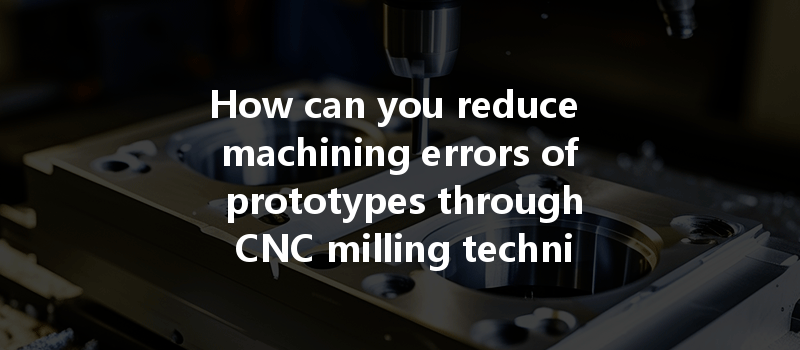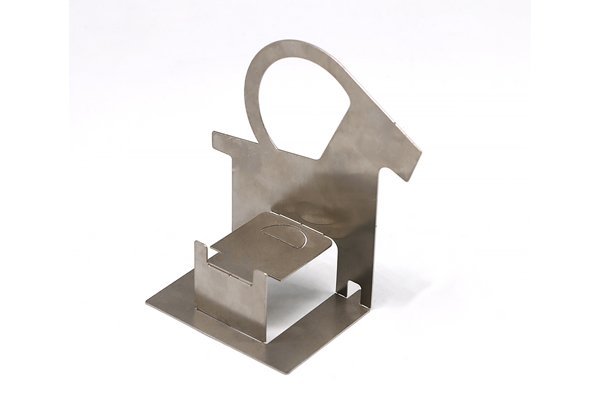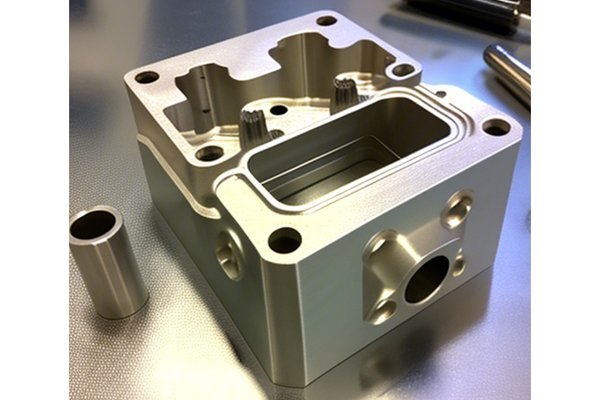Did you know that about 30% of the errors in CNC machining are attributed to programming issues and human factors? These errors can lead to significant setbacks, including time delays, increased production costs, and compromised overall quality. For manufacturers and engineers alike, understanding the importance of accuracy in prototype machining is critical. With the rise of additive manufacturing and advanced machining techniques, how can we ensure that our CNC milling processes are refined, efficient, and error-free?
In this blog, we will take an in-depth look into the world of CNC milling and explore how you can significantly reduce machining errors during prototype production. We’ll dissect the factors contributing to these errors, delve into expert techniques, and offer best practices for ensuring your prototypes are machined with utmost precision.
Understanding CNC Milling: A Brief Overview
CNC (Computer Numerical Control) milling is a versatile manufacturing process utilizing computerized controls to drive automated machine tools for cutting various materials. It’s widely employed for creating precise prototypes due to its robustness and ability to produce parts with complex geometries. However, the precision of CNC milling depends on various factors, including machine calibration, tool selection, machining parameters, and operator expertise.
The Cost of Machining Errors
Before diving into solutions, it is crucial to understand the implications of machining errors. Errors during the CNC milling process can result in:
Key Factors Leading to Machining Errors
To effectively reduce machining errors, it’s essential first to identify the contributing factors. Here are some common culprits:
Incorrect or worn-out tools can lead to imprecise cuts. Selecting the right tool for the material and ensuring regular maintenance is vital.
Regular calibration of CNC machines is essential to maintain accuracy. Any misalignment can lead to significant deviations in the final product.
Parameters such as feed rate, spindle speed, and cutting depth must be optimally configured for different materials. Incorrect settings can cause tools to break or wear out quickly.
Human factors such as lack of training, oversight, or misinterpretation of guidelines can lead to serious mistakes.
Different batches of materials may exhibit variations in properties, affecting machining outcomes. Understanding these characteristics is crucial to anticipate and mitigate potential issues.
Techniques and Best Practices for Reducing Machining Errors
Now that we have a good understanding of the significant factors contributing to machining errors, let’s delve into detailed techniques and best practices to help mitigate these issues in CNC milling.
Quality tooling matters. Here’s how to ensure you are using the right tools:
Frequent calibration helps maintain accuracy and reliability. Below are best practices for machine calibration:
Fine-tuning machining parameters can immensely impact accuracy:
Empower your operators with knowledge and skill:

Choosing the correct material can mitigate machining complications:
Advanced Techniques for Error Reduction
While the above practices are fundamental, going beyond the basics can further elevate accuracy:
Modern CNC software solutions incorporate advanced features that can automate error checks, monitor production metrics, and adjust machining parameters in real-time. These software improvements help:
Integrating probes and feedback systems helps identify issues during machining:
Utilizing advanced techniques such as multi-axis CNC machining can produce more intricate designs while ensuring precision. Some techniques include:
Managing Common Errors in CNC Milling
Here is a look at common machining errors and practical solutions to address these issues effectively:
Chatter during machining leads to poor surface finish. To combat this:
To avoid unintentional cuts:
Inadequate surface finish stems from various factors:
Reducing machining errors in CNC milling requires a comprehensive approach that encompasses quality tooling, precise calibration, optimized parameters, thorough operator training, and strategic material management. Each of these elements is critical to producing high-quality prototypes that meet design specifications and customer demands.
By implementing the discussed techniques—investing in quality, optimizing processes, and embracing advanced technologies—you can significantly enhance machining accuracy and consistency.
As we continuously strive towards greater accuracy in our manufacturing processes, it is vital to remember that reducing errors in CNC milling isn’t just about achieving perfect parts—it’s about fostering a culture of quality, efficiency, and continuous improvement within your organization.
The importance of this blog transcends mere error reduction; it advocates for a strategic transformation in CNC machining practices, ultimately leading to better prototypes, satisfied customers, and a thriving manufacturing environment. Thoughtfully considering these techniques can significantly impact your success in the competitive manufacturing landscape.






